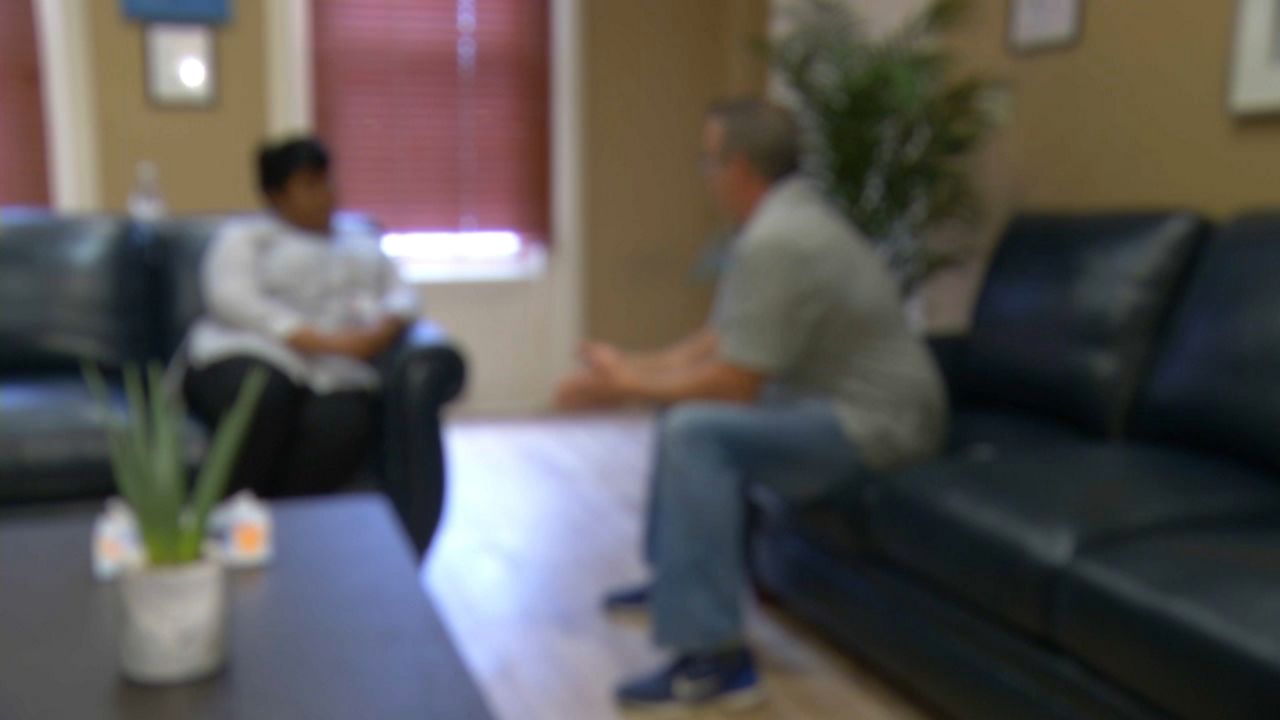The suicide rate in America increased 33 percent from 1999 to 2017, according to the National Center for Health Statistics by the CDC.
Suicide ranked the 10th leading cause of death for all ages in the U.S. since 2008. It became the second leading cause of death for ages 10-34 in 2016, according to CDC research.
“We’ve been seeing an increase in suicides across our country, certainly suicides in our community,” said Erie County Executive Mark Poloncarz. “We want people to know that you may feel that there is no hope, you may feel that no one cares, but people do.”
While there are overlaps between mental illnesses like depression and suicide, more than half of those who die by suicide are not diagnosed with a mental health condition at the time of death, according to the CDC. The agency cites other factors that contribute to suicide including loss of housing, relationship problems, problematic substance use, and loss of a job.
“Suicide has unfortunately touched so many of us,” Poloncarz said. “As most people know, I had a friend who passed away of suicide and I think it’s fair to say people make decisions in a crisis situation when really they just need someone to talk to. Hope does exist, your life will get better, and people care about you.”
The suicide rate increased for both males and females of all ages, with an increased over 50 percent in females, according to the report.
The report noted those identifying as American Indian or Alaska Native had the highest rates amongst all ethnicities and races. Non-Hispanic American Indian or Alaska Native females had the highest increase at 139 percent from 4.6 per 100,000 in 1999 to 11 per 100,000 in 2017.
The rate for American Indian or Alaska Native males increased with 71 percent from 19.8 per 100,000 in 1999 to 33.8 per 100,000 in 2017.
Nearly every state rate for suicide increase from 1999 to 2016 including New York, which increased 28.8 percent from 1999 to 2016, according to the CDC.
“Hope does exist and there is a brighter day, but the numbers we are seeing are very disconcerting,” Poloncarz said. “There appears to be a public health crisis in regards to suicides in our country.”
Local mental health agencies like, Crisis Services, the only agency in Western New York area that is accredited by the American Association of Suicidology, help those struggling in Buffalo and Erie County.
“We want people to know that help is out there and people care,” he said. “There is a community that cares about you, you have family that cares about you, and friends who care about you and before you take what will be the final act—talk to someone or call our hotline.”
Crisis Services hosts the local hotline, which answered 85,379 calls during 2018 and serves as the administrative home for the Suicide Prevention Coalition for Erie County which trained approximately 3,000 school faculty in suicide prevention efforts.
The 24-hour hotline for Buffalo and Erie County is 716-834-3131.
The National Suicide Prevention Lifeline operates a 24/7 crisis hotline open to anyone looking for support at 1-800-273-8255. Or text HOME to 741741 to have a conversation with a trained crisis counselor. For crisis support in Spanish call 1-888-628-9454.



